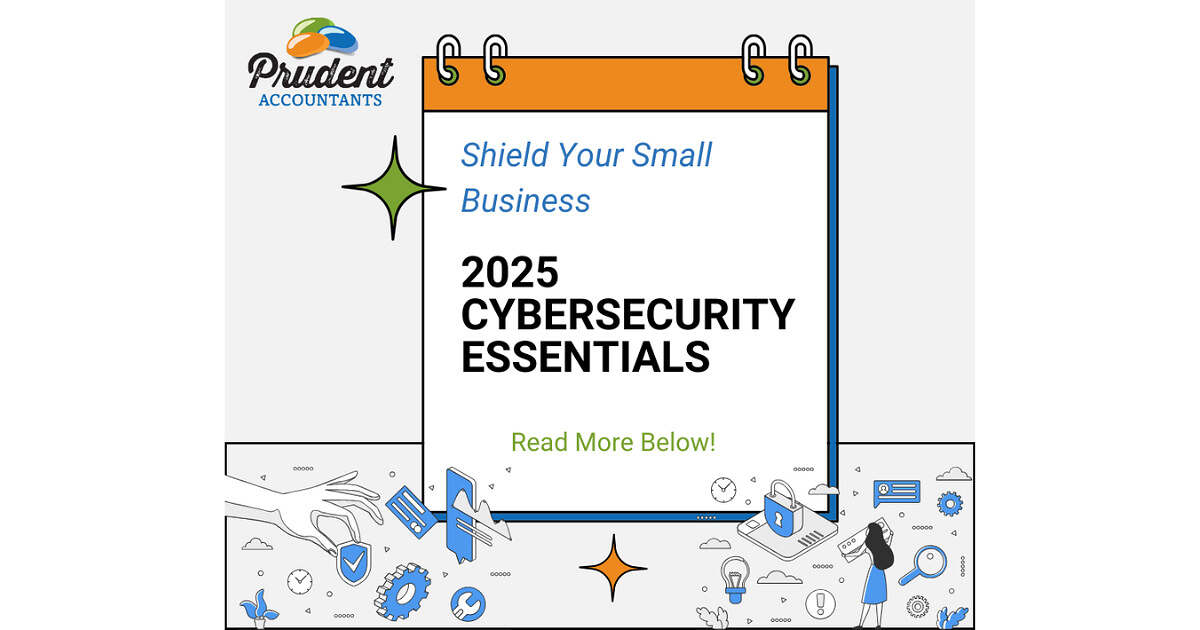Stop Cyber Threats in Their Tracks: The 2025 Guide to Keeping Your Small Business Safe

In today’s increasingly digital landscape, small businesses face cyber threats that can compromise sensitive data, disrupt operations, and damage their reputations. While cyberattacks often make headlines when targeting large corporations, small businesses are equally, if not more, vulnerable due to limited resources and often inadequate defenses. As a small business ourselves, we understand these challenges firsthand and have developed practical tips that we’ve learned over the years to help you stay protected in 2025.
The Rising Cyber Threat Landscape
As technology evolves, so do cybercriminals’ tactics. From ransomware to phishing attacks and data breaches, small businesses must be aware of the latest threats:
- Ransomware Attacks: Hackers lock your systems and demand payment to restore access.
- Phishing Scams: Deceptive emails or messages trick employees into sharing sensitive information.
- Insider Threats: Employees, whether intentional or accidental, can pose security risks.
- Supply Chain Vulnerabilities: Weak links in your vendor network can expose your business to attacks.
Essential Steps to Securing Your Business
- Protect Your Systems: Ensure your software is updated regularly to prevent vulnerabilities. Use strong passwords and enable multi-factor authentication (MFA) for secure access.
- Educate Your Team: Train employees to recognize phishing attempts and avoid clicking on suspicious links or sharing sensitive information. Awareness is key.
- Back Up Your Data: Regularly back up your data in secure, encrypted locations to prevent data loss in case of an attack.
- Monitor for Unusual Activity: Set up alerts in your systems to detect unusual transactions or access attempts.
- Learn from Experience: Implementing these measures has helped us stay ahead of potential risks. Learning from real-world scenarios can make your business more resilient.
Practical Tips for Cybersecurity
- Restrict Access: Limit system access based on job roles to prevent unauthorized use.
- Audit Vendor Security: Ensure any third-party tools or services meet high-security standards.
- Develop a Contingency Plan: Have a clear plan for addressing and recovering from potential breaches.
Benefits of a Secure Business
By prioritizing cybersecurity, you’re not just protecting your data; you’re also ensuring:
- Customer Trust: Secure systems show your clients you value their privacy.
- Business Continuity: Avoid downtime caused by breaches.
- Regulatory Compliance: Meet data protection laws to avoid penalties.
- Peace of Mind: Focus on growth without worrying about cyber threats.
Final Thoughts
In an era where cyber threats are omnipresent, safeguarding your small business is non-negotiable. By implementing these tips and staying proactive, you can confidently navigate the digital landscape and focus on what matters most—growing your business.
We hope these insights help you protect your business as they have helped us. Here’s to a safe and successful 2025!








